A Raza Time Capsule? Y Porque No?
- TLALOCO

- Jan 5, 2022
- 7 min read
A time capsule is a container or special box that holds present day items, such as photos, newspapers, letters, pictures and more. A snapshot "of stuff" in time.
It's typically buried in the garden or wall of a home or building to be retrieved by family or community in the future.
We all are often surprised by the items found in it. This is perfect gift — to yourself — to see how you view your world and for others to see you in the future. Cities and local communities began the practice soon after urban centers became stable and prospered.
This past December 22, 2021 (it seems so long ago), workers in Richmond, Virginia, dismantling the site that held a statue of Robert E. Lee discovered a time capsule, right where historical documents suggested it should be.
The time capsule had been placed in the statute in 1887.
Along with several waterlogged books and various documents, the box contained an envelope of Confederate money, which conservators carefully separated, and two carved artifacts. The artifacts — a Masonic symbol and a Confederate flag — said to have been made from the tree that grew over General Stonewall Jackson’s original grave. A tribute to the rich and proud South. This is how Richmond saw themselves over a hundred years ago and how some still see themselves today. Que, que, K!
But this monument had already fooled historians once. Weeks prior, conservators opened a different time capsule that had been found embedded in the monument’s granite base.
The small lead box didn’t match historical descriptions of the time capsule and contained far fewer artifacts than expected: three books, an envelope, a silver coin, and a photo of a stonemason who worked on the pedestal, suggesting that the capsule might have been placed by the people who erected the monument.
Time capsules are not a new idea. In fact, The oldest known time capsule in the United States is the Samuel Adams and Paul Revere Time Capsule. The time capsule was supposedly buried in 1795, which makes it the oldest known time capsule in the US and even the world.
We have no doubts about what items should be saved in a time capsule to remember the Pandemic period of the past 2020-2021. Some ideas we hesitate to share but we'll post a picture for your imagination or memory. PuroChisme, we hope!
We'd call it, The Rona time capsule. Humm, let's see...what should go in it? A mascara of course! A syringe filled with the Covid vaccine and a micro chip.
We'd need a roll of toilet paper, a hand-sanitizer bottle, and some military rations! Reminders of our fears.
Least we forget, we should honor the idiots that gave us the Rona. So, add pictures of Big Pharma, Presidents and Congress who made it all possible. Pinche Babosos!
But here at PuroChisme, we always focus on the positive and realized we should create a Raza Time Capsule (RTC). Simon, make our own remembrance with cosas, muy importante en todo los barrios y colonias de este lado. When it's opened, what will people think of us? We need to pick the right things to represent us!
Here is our list of items to put in a special time-capsule container, like those large Jalapeño cans you see at the market.
Why a Jalapeño can? Porque those containers seem to have a shelf life of a twinkie ese!
Ok, first things first, we need a corn stalk leaf in our RTC. That's right the same hoja used to cover our tamales!
Scientists believe people living in central Mexico developed corn at least 7000 years ago.
It was started from a wild grass called teosinte. Teosinte looked very different from our corn today. Teosinte is also known as maize.
Indigenous people throughout North and South America, depended upon this crop for much of their food.
Maize is symbolic of our indigenous roots as mestizos. It has to be in our RTC.
Next, we need to throw in some dried chiles, Jalapeños, Serranos, lo que sea.
Do we need to explain the symbolism of Chiles? Chiles are fiery and tasty, like Raza!
And why dry chiles instead of ripe ones, you ask?
So it won't spoil cabron! We aren't just making this mierda up. A lot of drinking and debauchery went into our analysis.
Our RTC must include these ancient references to the past because they remain part of our staple of foods to this very day
Now, the tough decisions. We can't ignore our music. So lets start with the poet, Jose Alfredo Jimenez of Mexico. He was by far the most important, prolific, and popular composer of música ranchera in Mexico during the 20th century.
His extraordinary repertoire of more than 1,000 songs encapsulated the sentiment, ideals, and concerns of the common man and woman in a folksy yet poetic way.
Some of his most famous songs, have been sung by our favorite crooners in Mexico and throughout the world. Ella, El Rey, Camino de Guanajuato and No Me Amenaces to name but a few. His music lives on and should be a part of our RTC.
Tambien, aqui en este lado (although he was born in Tijuana) we have our own musical innovator, Santana. We chose the Abraxas album for our RTC.
The album has some of his most treasured original hits, Black Magic Woman, Oye Como Va and this bloggers favorite, Mother's Daughter (Look it up ese!).
Santana represents the best music in Latin, Chicano, American Rock and Jazz Fusion. An innovative kaleidoscope of musical sounds still enjoyed today.
Because of Santana's collaborative approach to music, artists like; Los Lobos, Aztlan Underground, Ozomatli, and Chicano Batman have continued to bring an innovative alchemy of indie, soul, psychedelic, funk and rock sounds to Raza!
Likewise, we can't ignore the Arts. Finding artwork that reflects our present times is no easy chore and we hate chores! But our RTC requires pictures of art that best represents us today.
We decided that mural art is the best indicators of who we are today. Porque, murals are social commentaries about what is burning in the souls of the community. Judging by the many murals that grace our community landscape, our souls are burning with emotion!
We see original murals painted throughout the southwest United States depicting the life and times of Raza.
We believe the murals that have rendered the strongest message of hope and resistance are the murals painted on the freeway overpass walls at Chicano Park in San Diego.
Raza had to fight to claim this park and used those cement pillars of transport to convey a message.
The murals, painted by a variety of artists, depict the history and struggle of nuestra gente. New murals continue to be painted today.
Finally, we need some books that are symbolic representations of Raza. Sure, we'd love to include Octavio Paz masterpiece, The Labyrinth of Solitude (1950), a collection of nine essays he wrote regarding the Mestizo identity. He is the poet/philosopher of Mexico who gave meaning to the term, Hijos de la Chingada. Tu sabes, how many times have you been called that?
But for our present generation, we think it best to also include another book written in 2021 that speaks to our souls.
Wild Tongues Can’t Be Tamed, edited by “The Bronx Is Reading,” Founder Saraciea Fennell.
Wild Tongues features 15 voices from the Latinx diaspora (a homeland living in exile).
Perfect for young adult readers and older generations to examine the different myths and stereotypes about the Latinx community.
And one more book that needs a spot in our Jalapeño time-capsule is Gentefication (2021) by Antonio de Jesus Lopez.
In our current American "tribal" conundrum dealing with woke-scandals and fake-news across multiple colleges and universities, this work advocates for first-generation audiences, for readers of color, and for all those vested in the protracted struggle for our fair shot.
While so much American poetry asks the reader only for passive attention, Gentefication's poetry works like personal trainers on our hearts and minds.
That's right get up and step up, huevones! The book calls for the kind of mental and spiritual absorption that can make prayer feel "productive.”
Making a time capsule, discovered or revealed 50, 100, or 200+ years later, is really about sharing a little piece of history that could happily bring complete strangers together.
Isn't that what a time capsule is all about, to make you think about people in different times and places other than our own?
Our RTC includes food staples, music, Art, and books that reflect our similarities and differences among all Raza en este lado. Tambien, we recognize no borders in our present or future because our cultura transcends it. But where de we bury our RTC? Realtors will tell you that location, location location is important. So where can we put this priceless time capsule of la vida loca?
Maybe we can throw it in the Echo Park lake. No, no, bad idea. It might get water damage or worse, stolen!
Or perhaps, in a corner wall of the iconic Los Angeles City Hall building or inside one of the towering pillars at Chicano Park in San Diego.
Nope, those cities have too much bureaucratic loopholes for obtaining permit approvals that could take 50 years to pass, unless we pay the mordida to the powers that be!
We finally realized that the United States border wall is the best location. It crossed us daily by Raza documented or not. The Border is the port hole to a better life and the escape route from danger.
The Border is symbolic of the constant intrigue and struggle Raza have historically encountered en este lado.
PuroChisme could tunnel from a secure location in Califas, Arizona or New Mexico, and create a solid cement vault for our capsule right below the border wall foundation.
Y porque no? This isn't too far fetched of an idea, the cartels have been digging tunnels for years.
But our main reason for picking the Border Wall to house our Raza Time Capsule is simple. When we decide to retrieve and open our RTC, it will require blowing up the pinche wall to do so. Ayeeeee!
References:







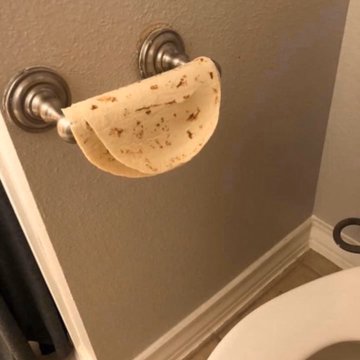

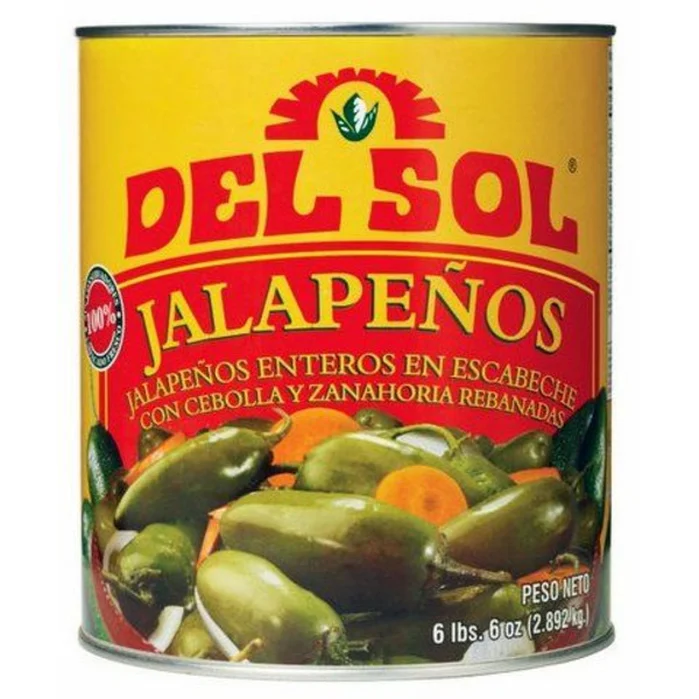

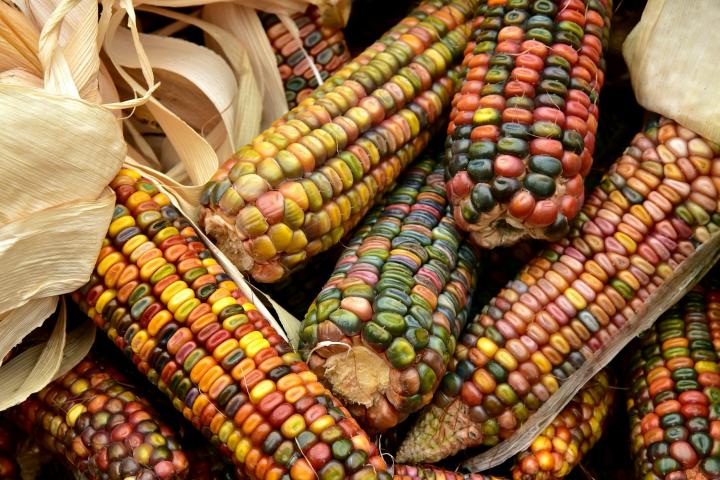

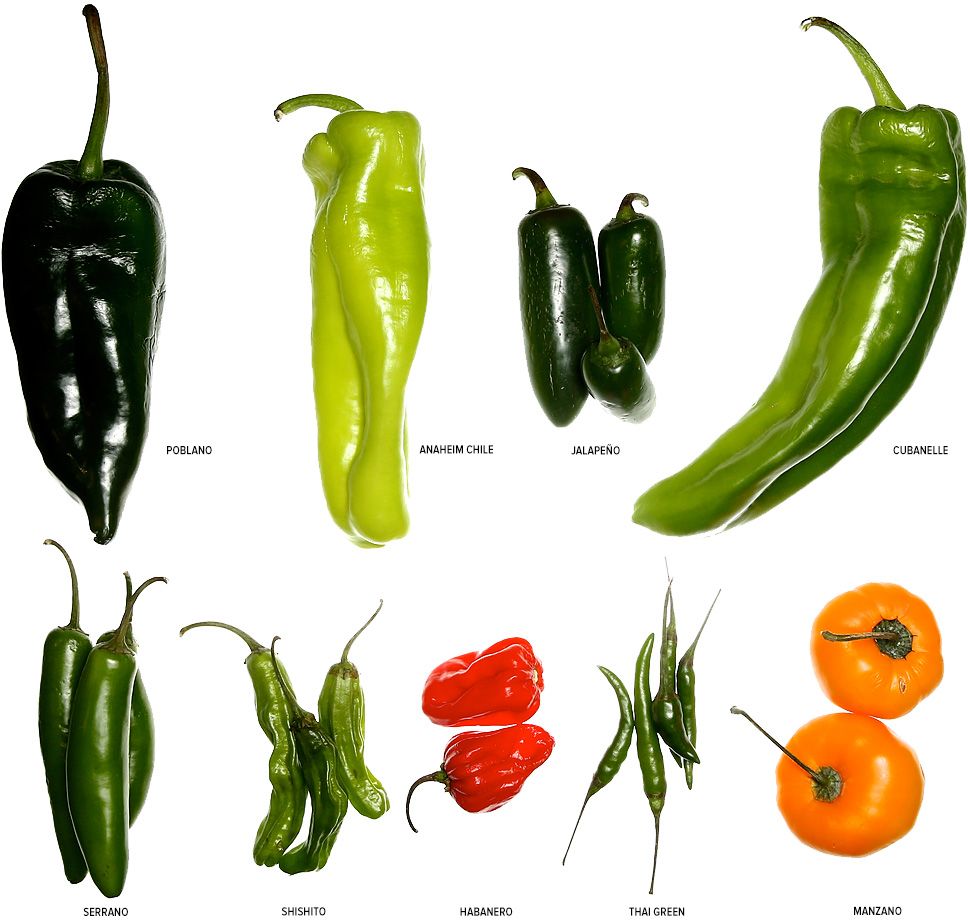

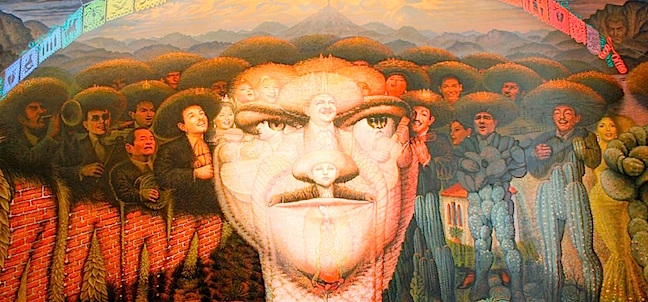

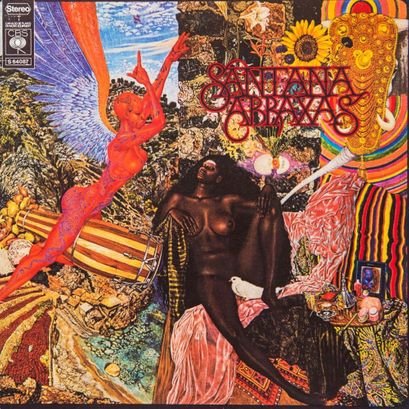

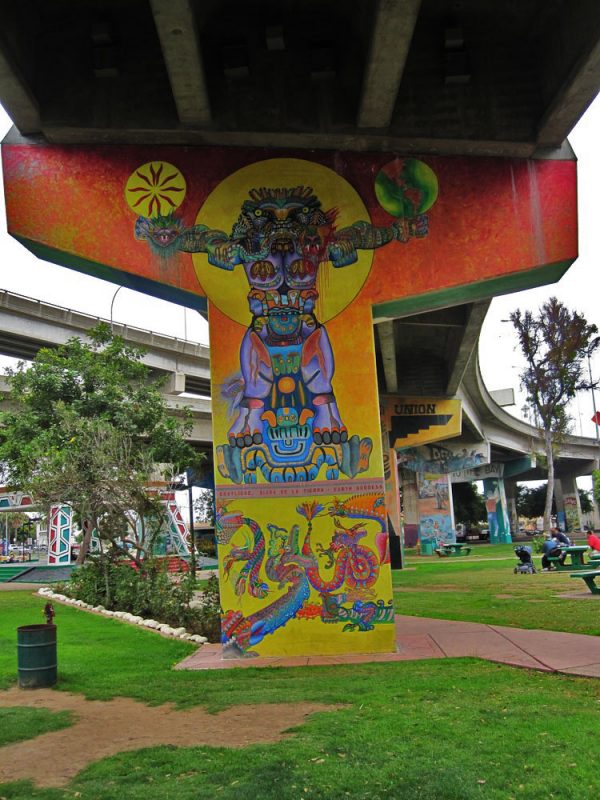



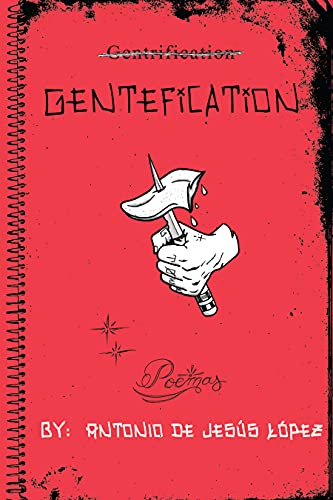



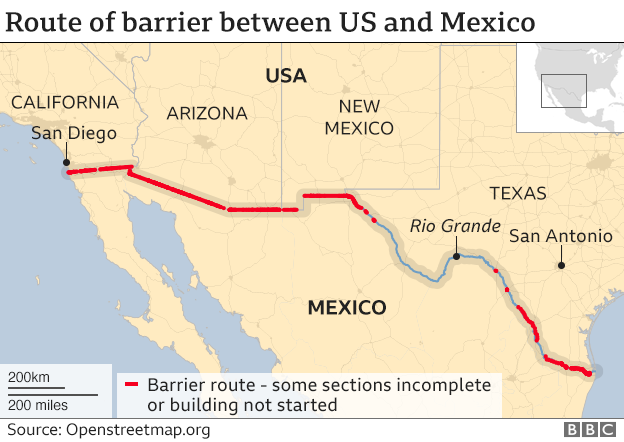



Comments